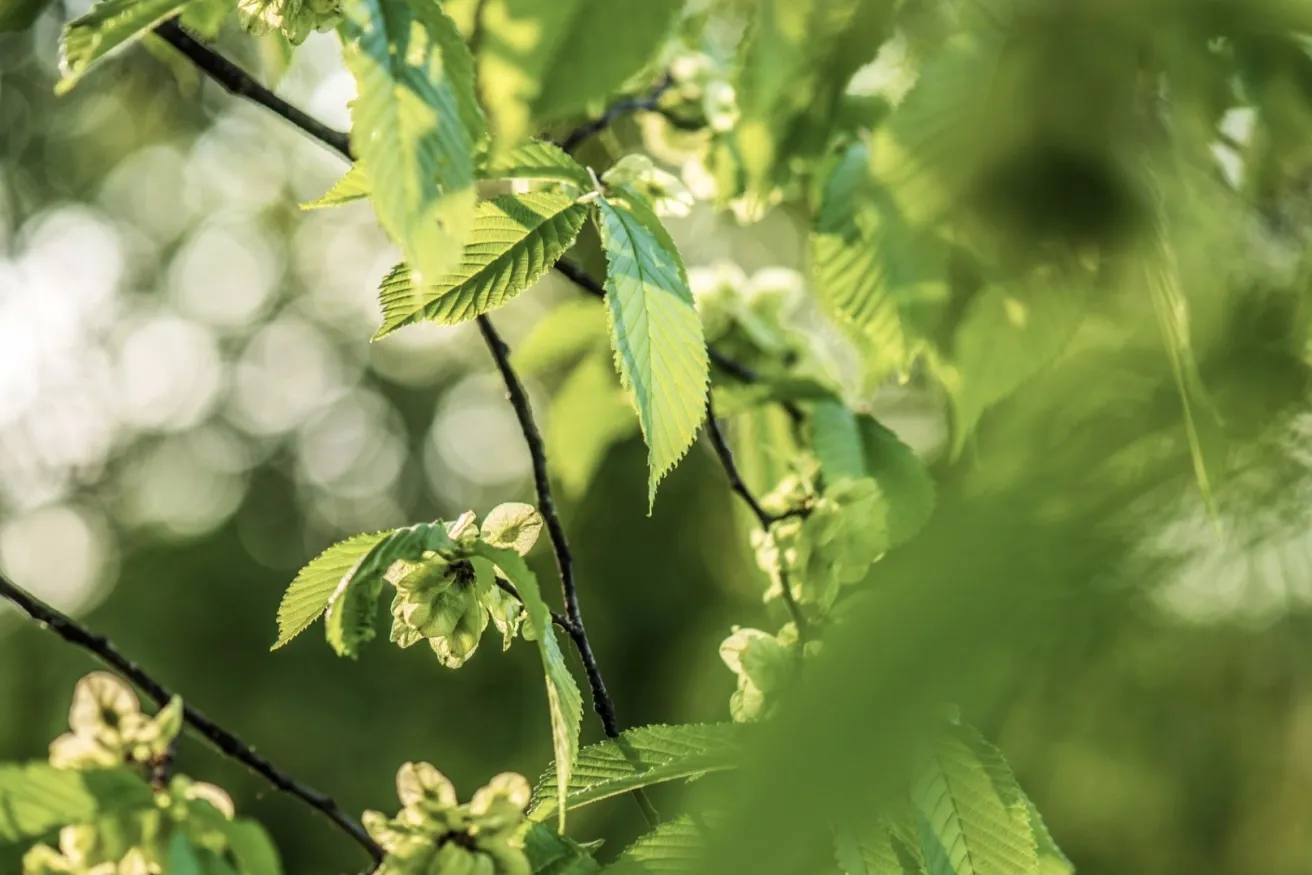Now live: The 2025 Canopy Report. Learn how Americans see trees. GET THE REPORT
Ulmus parvifolia
Lacebark elm is a lot like a talented actor waiting as an understudy in the wings of the theater to replace a star. In this case, other elm species have been the stars and lacebark is waiting to be ‘discovered.’
It has already been found by many to be a tree worth planting. For example, it is used widely on the grounds of Disney World and in February 2006 the Colorado Tree Coalition named it “Tree of the Month.” Horticulturist Michael Dirr calls it “a tree of the future.”
Why all the enthusiasm? It is because lacebark elm has a combination of characteristics that can help fill a gap as our beloved American elms and other native elms succumb to Dutch Elm Disease. It can also stand in where the widely-planted and troublesome Siberian elm needs to be replaced.
Lacebark elm is tall, graceful and shady with a beautiful bark pattern that more closely resembles sycamore or London planetree than it does other elms. It has stronger wood and is less invasive than Siberian elm and is much less susceptible to Dutch Elm Disease and other pests than American elm. It has also been called “one of the toughest and adaptable of all trees.” It can tolerate the soil of parking lots, the restricted space of sidewalks or plazas, the trampling feet of park users, and the wide variations of weather found in much of the United States.
Here is a tree waiting to serve. It is under-planted and even absent in many communities. It is truly a tree of the future and one that can contribute to greater diversity, improved public safety, and a beautiful, healthy landscape.
Watch Ask an Arborist: How do I Check for Tree Pests?
Fighting Dutch Elm Disease — Lacebark Can Help
With American elm (Ulmus Americana) under attach from the dreaded Dutch Elm Disease, lacebark elm is gaining in popularity as a disease-resistant substitute.
Our native American elm has long been a favored street tree because of its classic V-shape and wonderful summer shade. In fact, it was too-well loved and in some communities, it became virtually the only tree planted. Then disaster struck in 1930 with the importation of a new disease on a load of logs from France. They contained a wild fungus that was first identified in the Netherlands in 1921. It became forever known as Dutch Elm Disease (DED) and quickly spread from Cleveland, Ohio to every state in the country except some areas of the dry southwest.
Many communities lost nearly all their street trees — providing a graphic lesson in why diversity should be the rule when planting trees — and launching the creation of tree boards, tree ordinances, and urban forestry as we know it today.
Here’s how lacebark elm comes to the rescue. While American elms and other native elm species and their cousins from Europe are all highly susceptible to DED, Asiatic species are not. The Asiatic elms are generally 90 percent resistant to the DED pathogen when tested by inoculations. Lacebark elm is among the best, and is also resistant to black leaf spots and elm leaf beetles.
Prevention is always the best medicine. The best way to prevent DED is to plant an alternative species. Lacebark elm is an excellent example, along with zelkova or some of the hybrid elms now on the market that are crosses between American elm and more disease resistant species.
The combination of excellent characteristics of lacebark elm make it a tree that fits well in many landscapes.





